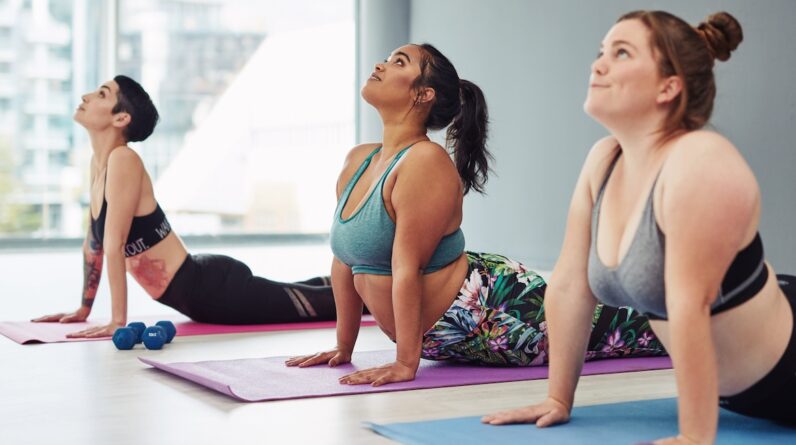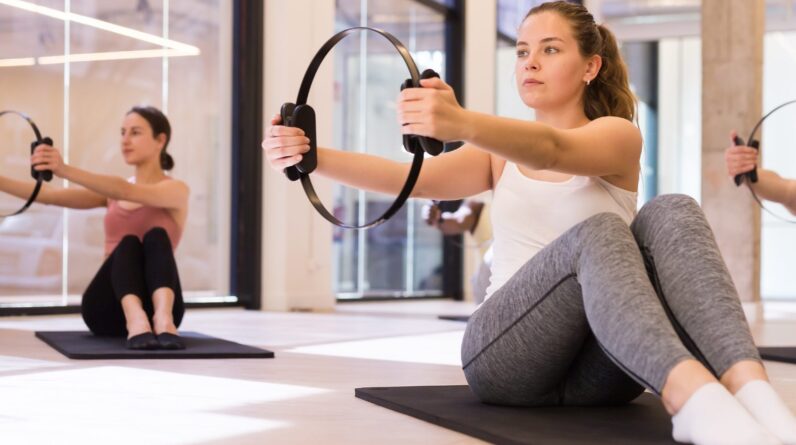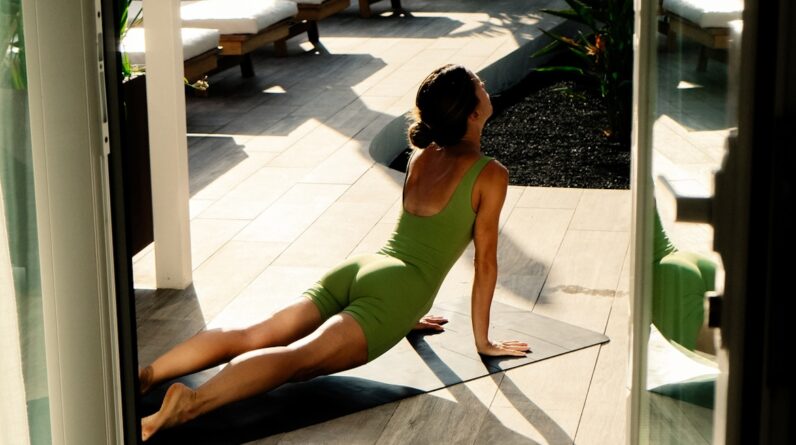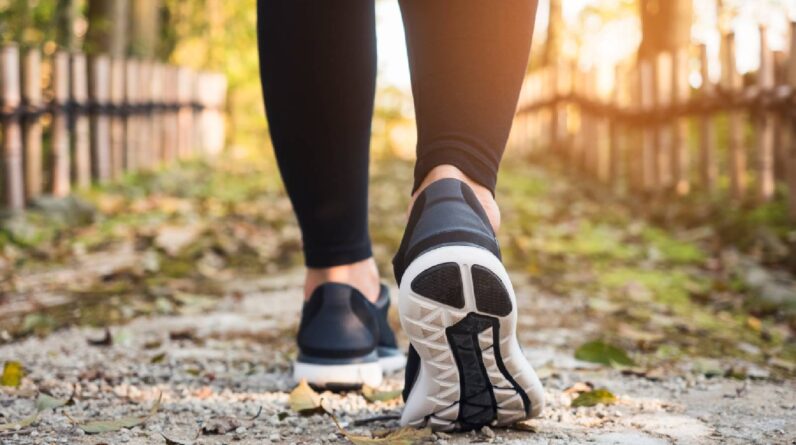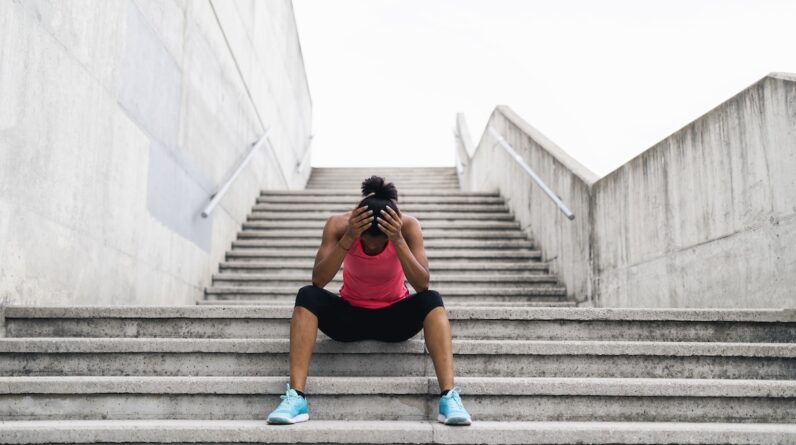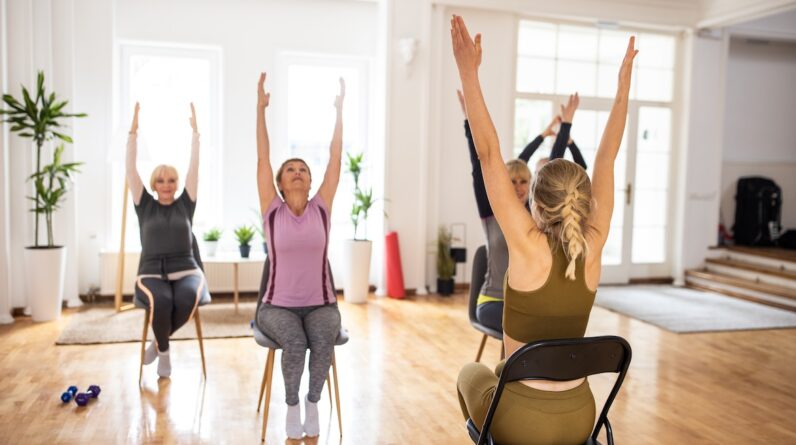
That’s according to Adam Goodcoff, DO, an emergency medicine physician with nearly 2 million TikTok followers, whose mission is to spread high quality medical information on social media.
“Joint health is one of those things that’s yours to lose,” Dr. Goodcoff says. “Degeneration is bound to happen, it’s part of life, it’s part of the way that the body works. So the more that we can protect our joints when we’re young and when we do start to develop those aches and pains and signs of arthritis and inflammation, the [better] set up we are for our future joint self.”
A joint health refresher
You can consider your joints healthy when you basically don’t notice them at all. A joint, which is the place that your bones meet, should have some space in between those bones. The bones should be capped with cartilage, encased in a sac of fluid (called synovial fluid) that keeps the cartilage well lubricated, and surrounded by tissue (muscles, tendons, ligaments, and fascia) that aren’t tight or stiff in a way that would restrict the joint’s mobility (aka its range of motion).
“Those nice smooth surfaces of the joint are gliding, easily allowing for kind of painless movement,” explains Dr. Goodcoff. “We want to keep that standard joint space there, and relax the tissue [around the joint].”
However, over time or with repetitive use, the smoothness and frictionless-ness of your joints can get compromised, and the tissue can become less flexible. Mini bone spurs can grow and the cartilage can wear away, which can make movement painful.
When moving your joint begins to hurt, you might start using it less, which can cause tightness and immobility in the tissue that surrounds your joint. Lack of use can also occur when you spend a lot of time being sedentary. That lack of use can end up making that fluid less well dispersed within the joint, causing more friction and pain.
“It’s a vicious cycle, and unfortunately the worse the joint gets, the less you use it, the worse the stiffness and restriction gets.”—Dr. Goodcoff
“It’s a vicious cycle, and unfortunately the worse the joint gets, the less you use it, the worse the stiffness and restriction gets,” Dr. Goodcoff says. “You’re not getting that synovial fluid moving around, you’re not breaking up any type of inflammation or stiffness in the area. And those muscles then are going to tighten more and make that pain worse. It’s a negative feedback loop.”
How movement keeps joints healthy as you age
Using your joints and the surrounding tissues is actually the key to keeping them healthy.
“Stretching that muscular tissue, loosening up the fibers, getting blood flows to that space can help restore some of that range of motion, which in turn helps restore the function of the joint,” Dr. Goodcoff says.
If pain is keeping you from moving, Dr. Goodcoff recommends trying gentle stretching, or reducing inflammation with Aleve for back pain or arthritis. He also suggests incorporating stretches and exercises as a preventative measure, and certainly as soon as you start to experience pain—no matter how young you are.
“Younger folks in general think, ‘Well, I’m not 65, I don’t have arthritis, I don’t need to worry about my joints,’” Dr. Goodcoff says. But that’s not the case: Athletes who put a high demand on their joints; who remains sedentary for long periods of time; or who experiences an injury on one side of their body (that can cause over-compensation on the other side), should prioritize movements that activate the tissues surrounding their joints. That will help you feel good day to day, as well as keep your joints healthy as long as possible.
“Unfortunately, the nature of life and degeneration is bodies wear out,” Dr. Goodcoff says. “So it behooves you to protect the joint, to give the joint space as good health as long as you can.”
While the specific stretches and moves may vary from person to person, a great place to begin incorporating moves for joint health into your day for most people is with morning stretches, because sleeping is really a big period of daily immobility.
“We’re relatively still in our sleep, so getting up and helping things to open up and loosen up for the day can prevent injury and help improve some of the stiffness and soreness,” Dr. Goodcoff says. Additionally, if you spend most of your day working in the same position, take a stretch and movement break for the sake of your joints. “We should be getting up every hour and taking a little break, getting the blood flow moving, getting our joints moving.”
Dr. Goodcoff recommends seated gentle backbends, twists, and side bends to counteract the immobility in your spine that occurs during sleep, as well as the rounding of your spine as you bend toward your computer.
3 seated stretches for healthy joints
Do the following stretches either while sitting in a chair or on the floor. Like these moves? We have lots more spine mobility exercises and mobility exercises for posture.
Thoracic backbends
- Sit in the middle of the seat of a chair with your knees bent to 90 degrees, knees over ankles.
- Cross both arms in front of your chest, hands on your upper arms.
- Gently allow your head, shoulders, and upper back to roll over the back of the chair, going only as far as is comfortable. Avoid arching your lower back; the movement should focus on your upper back. You should also feel a stretch in your thoracic spine and chest.
- Hold the extended position for a few seconds, then carefully bring yourself back to the starting position.
Side bends
- Sit on the floor with your back straight and bring the soles of your feet together, drawing them in toward your body. Allow your knees to fall out to the sides, creating a diamond shape with your legs. If this is uncomfortable, sit up in a chair.
- Gently hold onto your ankles or feet with your hands.
- Take a deep breath in and as you exhale, engage your core muscles.
- Lift your right arm overhead, keeping your elbow straight. Lean to the left side, stretching your right arm over your head towards the left.
- Inhale and slowly lift your body back to the center, bringing your right arm down.
- Alternate sides, focusing on maintaining a smooth, controlled movement and deep breathing.
Thoracic twists
- Sit in the middle of the seat of a chair with your knees bent to 90 degrees, knees over ankles.
- Lift your right hand and place it behind your head, with your elbow pointing out to the side. Place your left hand on your left knee.
- Rotate your upper body across and to the left, leading with your elbow.
- Open up to the right side and twist to look behind you, pointing the elbow back at a 45-degree angle (or as much as your flexibility allows). This movement should come from your thoracic spine (upper back), not your lower back.
- Hold the position for a moment to maximize the stretch. You should feel it in your thoracic spine and across your chest.
- Slowly bring your elbow back down and repeat.
- Now, place your left hand behind your head and repeat the rotation, this time opening up to the left side.


